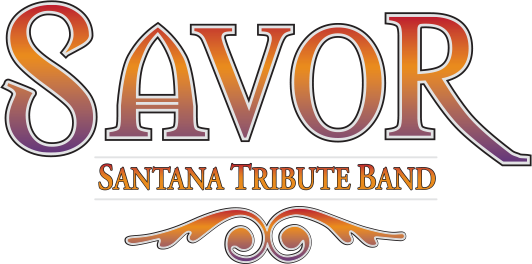As a teenager during the late 1950’s, Carlos Santana was playing with a variety of bands in clubs and bars along the Tijuana Strip where he was not only exposed to the local music, popular in northern Mexico, but also to the blues and blues guitarists like B.B. King and T-Bone Walker.
In 1961, Santana moved to San Francisco to join his family who had moved the previous year. Working for a time as a dishwasher and playing for change on the street, Santana continued to pursue his music, becoming more attracted to and influenced by the Bay Area’s growing rock scene.
A chance meeting between the guitarist and keyboardist, Gregg Rolie, and bass player, David Brown, led to the formation of the Santana Blues Band in 1966. The band began to attract a following among the local San Francisco club scene, combining rock, jazz, blues, and Afro-Cuban rhythms with a Latin sound.
In the late ‘60s San Francisco venues such as The Fillmore Ballroom and Winterland were showcasing such acts as the Grateful Dead, Jefferson Airplane, The Doors, and Jimi Hendrix Experience. Legendary rock promoter, Bill Graham, provided these venues for performers so that they could experiment and improvise with their music, where they could play long sets, and where their fans could listen and dance to this new wave of music.
Graham took an interest in Carlos Santana and the group which made its debut performance as an opening act at the Fillmore in 1968. The reaction by fans to the group’s music was so positive that Graham soon became their manager. Sensing that the band’s sound was unique and that they had the potential to break into the music scene, Graham was able to secure a slot for them to perform at the Woodstock Music Festival in August of 1969.
By this time, the band had experienced several changes in personnel, and in 1969, it consisted of Carlos Santana on lead guitar, Gregg Rolie on organ and keyboards, David Brown on bass, Michael Shrieve on drums and Michael Carabello and Jose Areas, both playing congas and percussion. In May of that year, the group had gone into the studio to record some of their music for a possible album to be released at a later date.
Bill Graham really believed that performing in Woodstock would be a watershed moment for the group, now going by the name of Santana, and that they could become as big as some of the biggest names in rock, such as The Doors and Hendrix. However, the group was skeptical, having played mostly West Coast performances to local fans.
When Santana took to the stage at Woodstock in the early afternoon of August 16th, most of the festival goers had never heard of them. But, by the end of their 45 minute set consisting of 8 songs and ending with “Soul Sacrifice” and the famous drum solo of Michael Shrieve, the “Santana sound” had left a lasting impression on the crowd that day.
And, just as Bill Graham has predicted, Santana shot up to the top of the popular music charts, within a few weeks of Woodstock and after their debut album, Santana, was released on August 30, 1969, peaking at No. 4 on the Billboard 200 albums chart, remaining there for two years.

